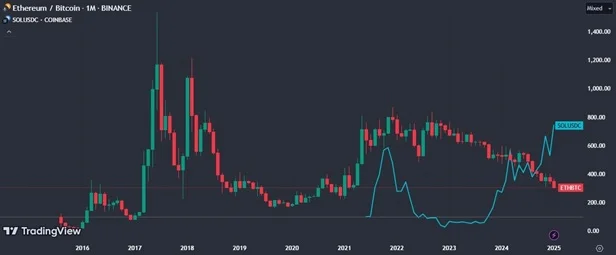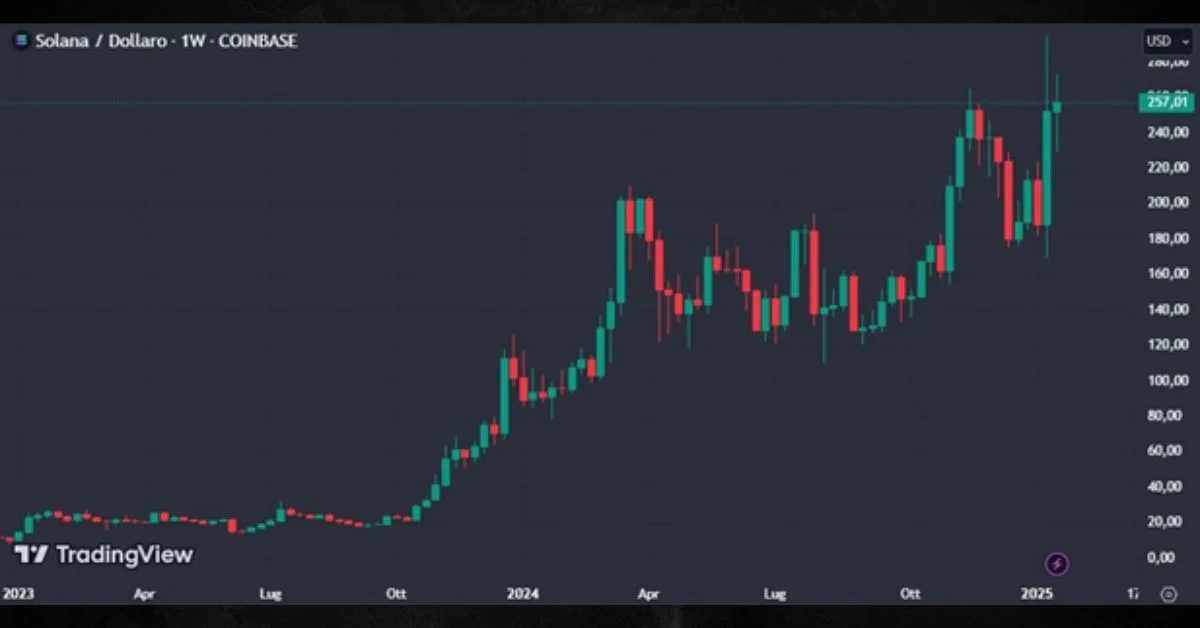Solana, a blockchain platform launched in 2017 by software engineer Anatoly Yakovenko was designed to support large-scale decentralized applications. With experience at top tech companies like Qualcomm, Yakovenko sought to address one of the main challenges in blockchain technology: network speed. Currently, Solana ranks fifth by market capitalization, with over $120 billion invested and recently reaching new market highs.
This article explores Solana’s unique features, how it differentiates itself from other blockchain networks, and its potential future prospects.
Unmatched Speed and Cost Efficiency
Solana distinguishes itself with its ability to process an exceptionally high volume of transactions per second (TPS) at minimal cost. This efficiency is achieved through a combination of innovative technologies such as Proof of History (PoH) and Sealevel.
- Proof of History (PoH): PoH is a validation system based on the SHA256 algorithm, creating a cryptographic “clock” by generating a sequence of hashed outputs that represent time. Each hash includes the result of the previous one, ensuring each transaction is recorded chronologically on the blockchain. This approach dramatically increases the network’s overall speed while providing a reliable execution history for transactions.
- Sealevel: This proprietary transaction execution engine enables parallel processing, handling thousands of transactions and smart contracts simultaneously.
With the ability to process up to 50,000 TPS, Solana minimizes resource consumption and significantly reduces costs, making it a standout competitor in the blockchain space.
The Memecoin Phenomenon and Solana’s Surge
One of the key drivers behind Solana’s recent rally has been the rise of so-called “memecoins,” which have chosen its network over Ethereum due to its superior performance. Ethereum price, struggling to keep up, recently hit its lowest valuation relative to Bitcoin.

As shown in market data, the Ethereum-to-Bitcoin ratio chart is far from its 2021 highs. The sharp decline aligns with the significant price increase of Solana (blue line).
A notable example is the TRUMP memecoin, launched by U.S. President-elect Donald Trump just before his inauguration. Hosted on the Solana network, TRUMP quickly achieved record-breaking sales, reaching a $15 billion market capitalization in a single day. This surge has positively impacted Solana’s token value, showcasing the potential influence of high-profile projects on its ecosystem.
What Does the Future Hold?
A critical topic for Solana’s future is the emergence of exchange-traded funds (ETFs). Similar to Bitcoin, ETFs could attract a wave of new liquidity from investors who wish to enter the crypto space without directly holding tokens. However, much depends on regulatory decisions, particularly from the new SEC administration, which President Trump has suggested will adopt a more crypto-friendly stance.
ProShares, a renowned ETF issuer, has already filed an application for a Solana-based ETF. The main obstacle remains the absence of a clear regulatory framework. How quickly the administration will act remains uncertain, making the timeline for approval uncertain. According to a recent JP Morgan study, a Solana ETF could boost its market capitalization by 6%, mirroring BTCUSD performance after its ETF debut.
Solana stands to benefit significantly from potential ETFs approval, and not just its own but also others, as many new coins are built on its network. However, regulatory developments will play a crucial role in shaping its future trajectory.
If you find this article helpful, click here for more.









